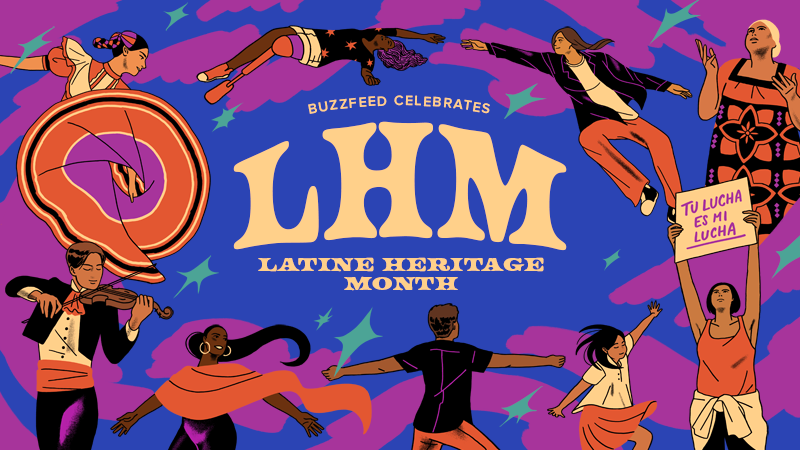In honor of Latine Heritage Month, here are 21 dishes that would not and could not exist without the influence of Latine native foods and culture:
1. Pumpkin bread and pumpkin lattes

Yes, you're favorite fall, pumpkin-flavored staples have Latin American roots. Pumpkin and many other root vegetables like squash and sweet potatoes are native to Mexico and Central America (Honduras, Panama, Nicaragua, Guatemala, Costa Rica, El Salvador, Belize). While having inspired your favorite fall lattes and treats, they're also seen in traditional Latine food, like Mexican "calabaza en tacha" or candied pumpkin that's served on Día de Muertos.
2. French fries and sweet potato fries

Potatoes originated in Peru, as well as sweet potatoes. Spanish colonizers introduced the food to Europe, making way for favorites like french fries, sweet potato fries, and other potato and sweet potato renditions like mashed potatoes and sweet potato pie.
3. Acai bowls
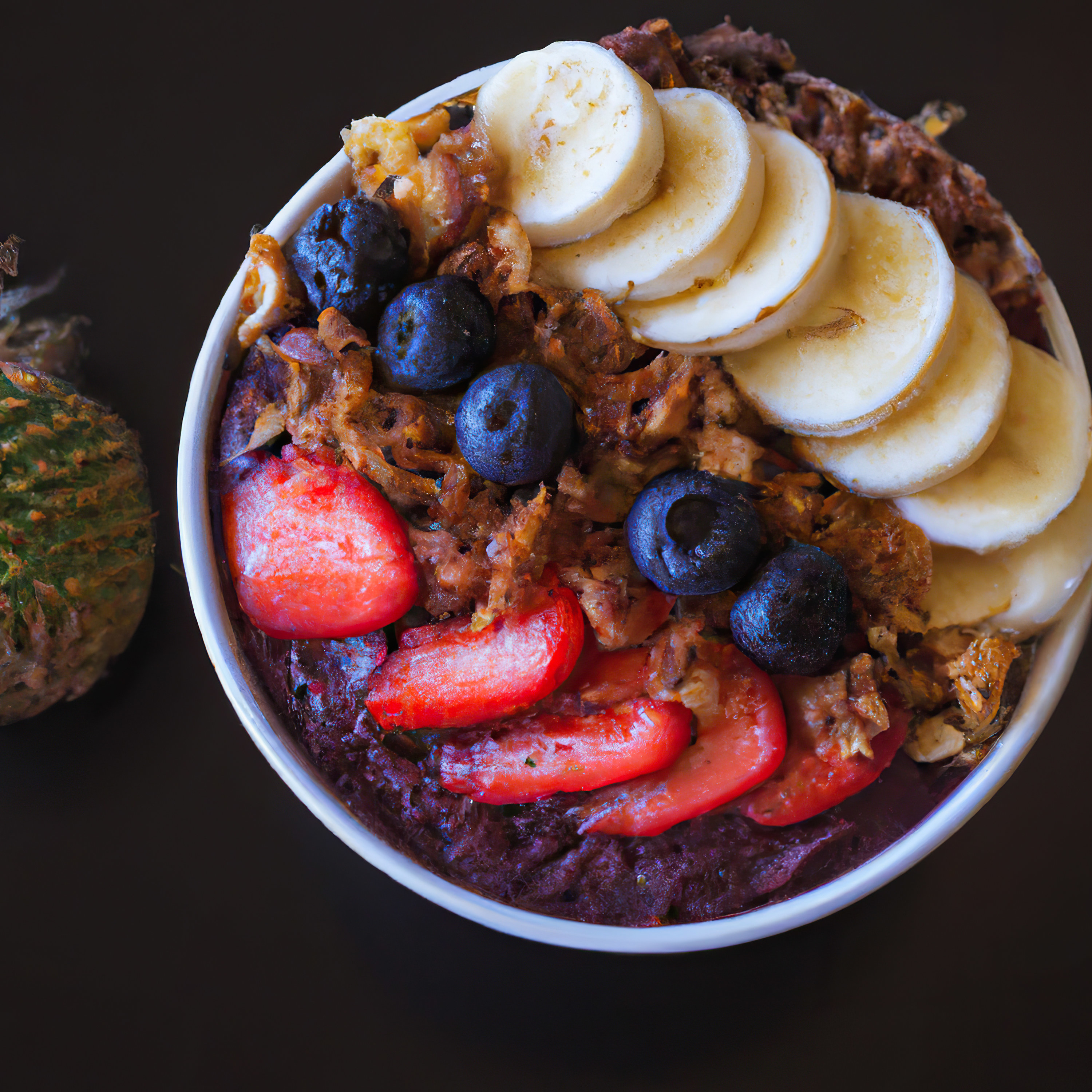
The acai palm tree, which is native to both Central and South America, produces acai berries — a deep purple fruit that has many antioxidant properties. The acai bowl can be credited directly to Brazil and its creator, Carlos Gracie, who blended frozen acai pulp with banana and popularized the dish in the 1980s.
4. Caesar salad
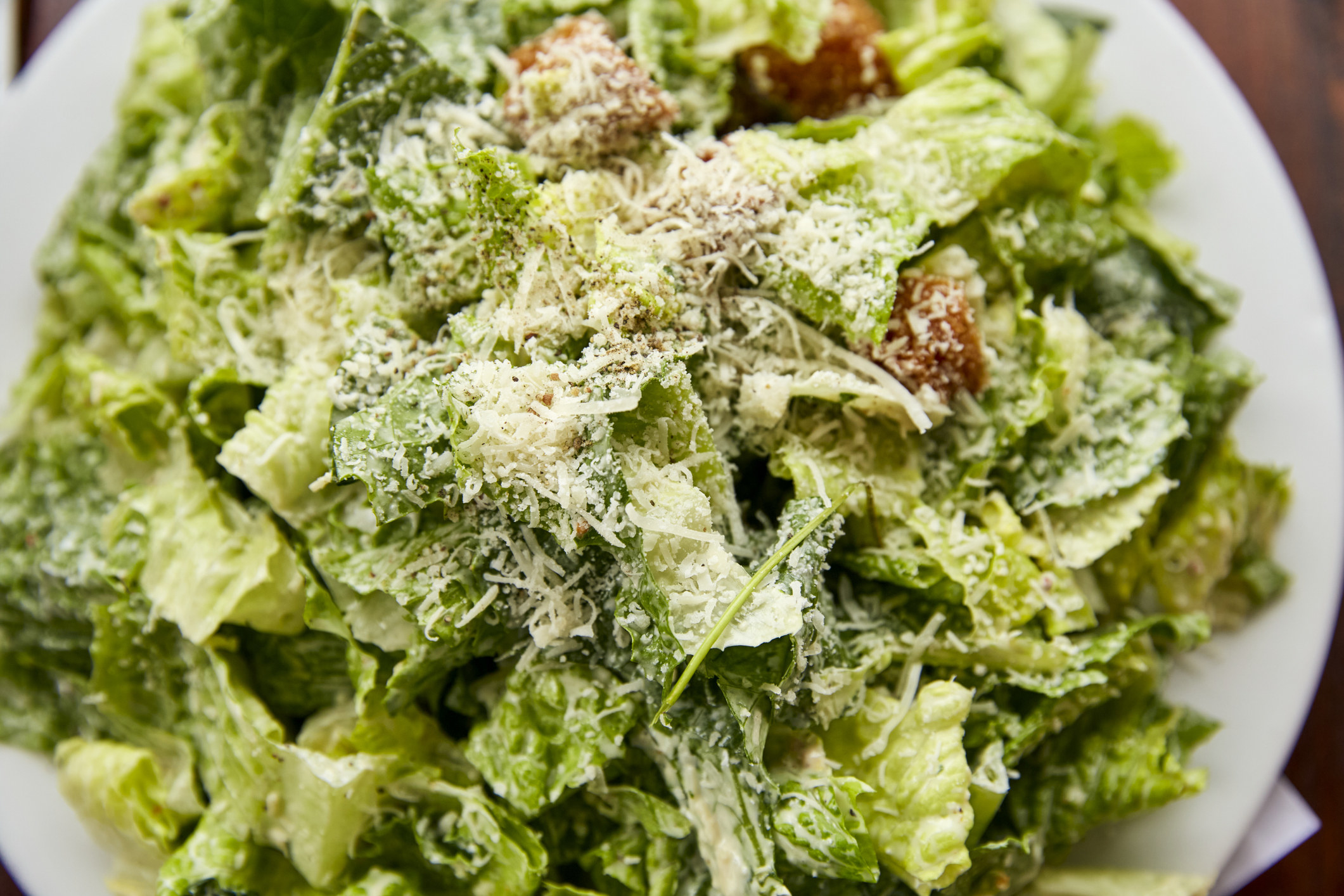
Caesar salad was actually invented in Tijuana, Mexico at Caesar’s Restaurante-Bar. Cesare Cardini was an Italian immigrant who moved to the United States in the 1910s, but relocated to Mexico in the '20s to open his business and escape Prohibition. The salad was a work on improvisation, combining leftover ingredients together during a busy service on the 4th of July.
5. Quinoa and other grain bowls
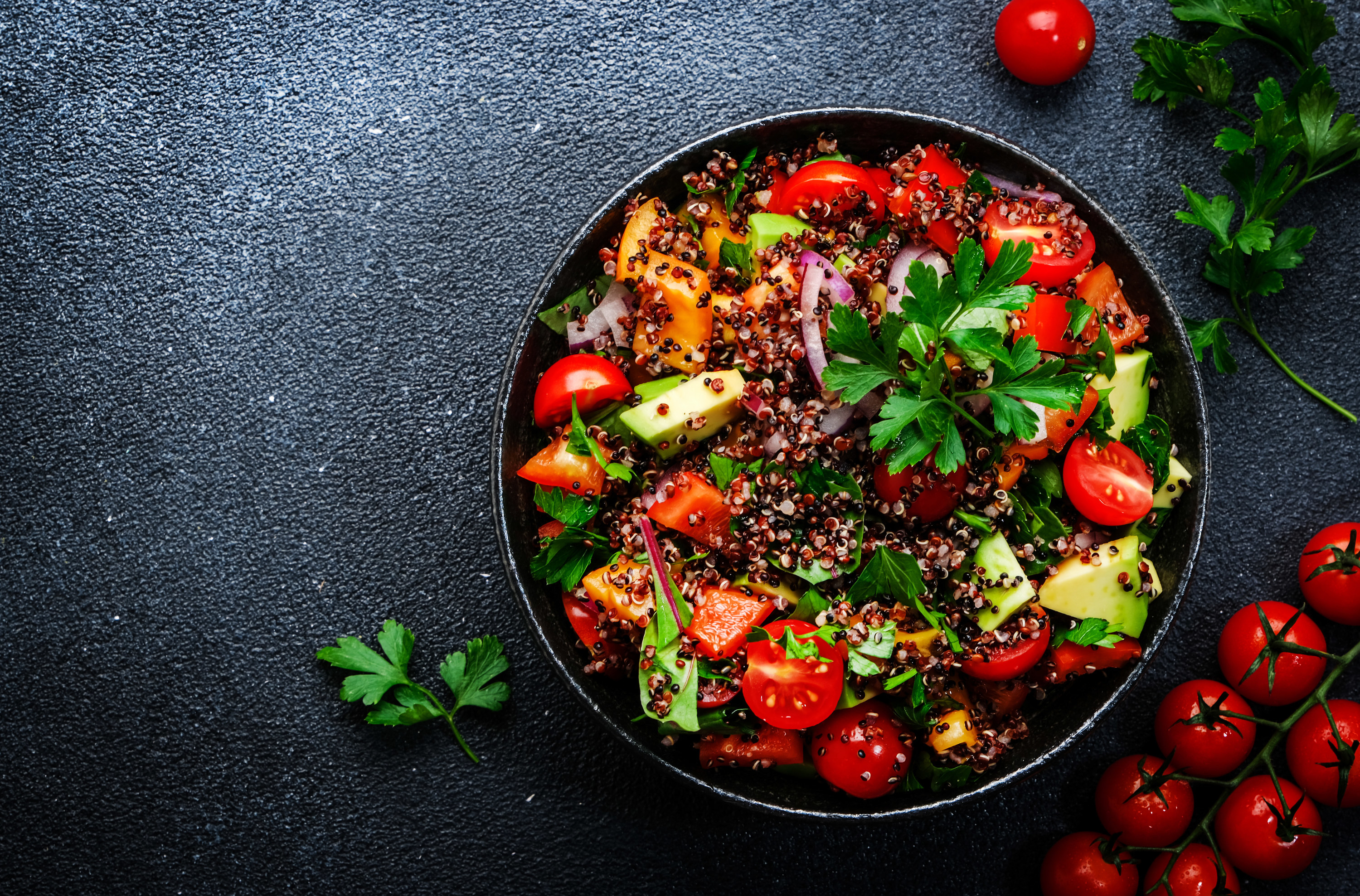
Quinoa is considered an ancient grain that comes from a plant native to Bolivia, Chile, and Peru. It was also first cultivated in areas South America (Colombia, Argentina, and Ecuador). Traditionally, quinoa was a food staple and sacred crop for the Incas.
6. Avocado toast
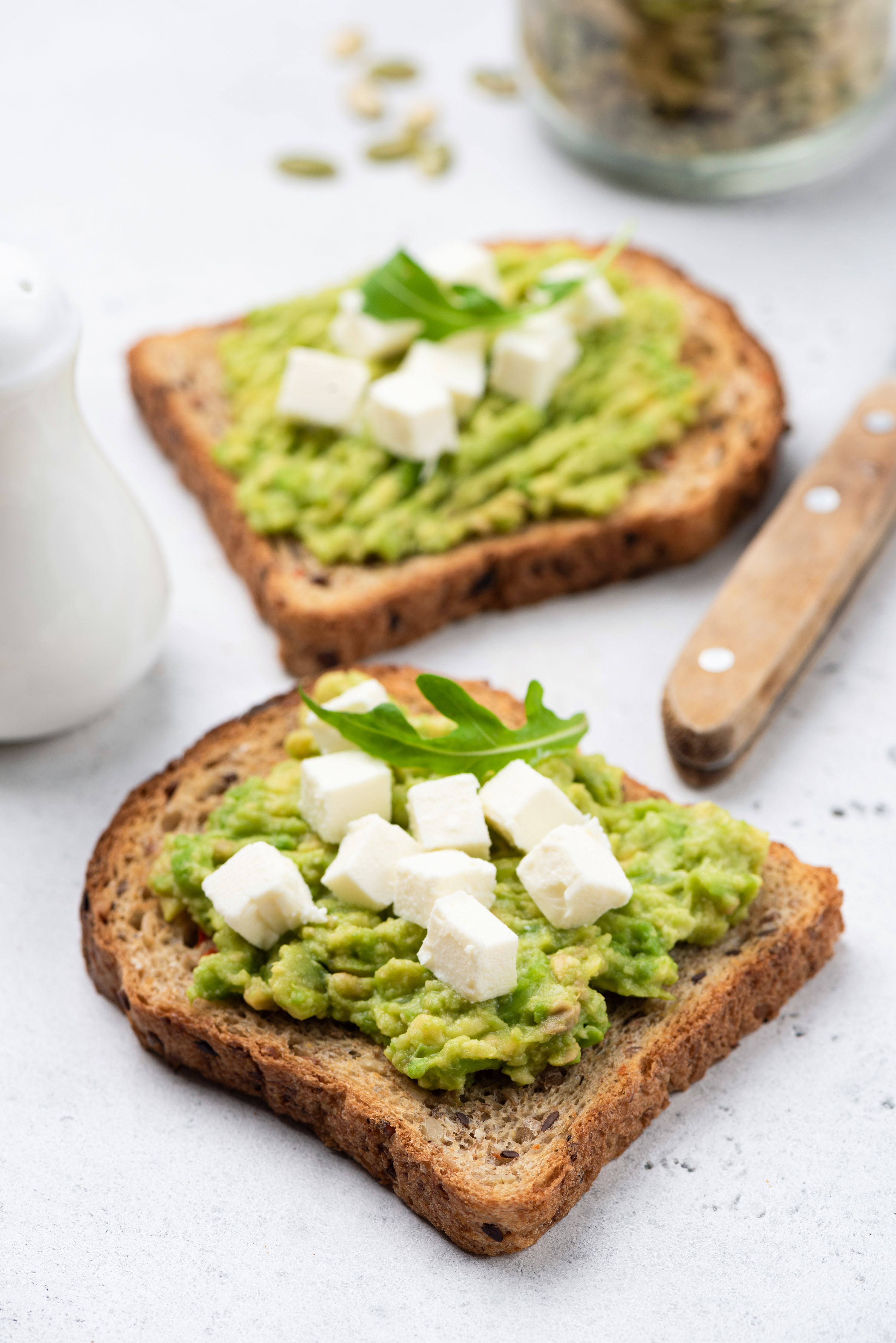
Avocados are native to Mexico and other Latin American countries, so without them, this brunch necessity could not have existed.
7. Hot chocolate
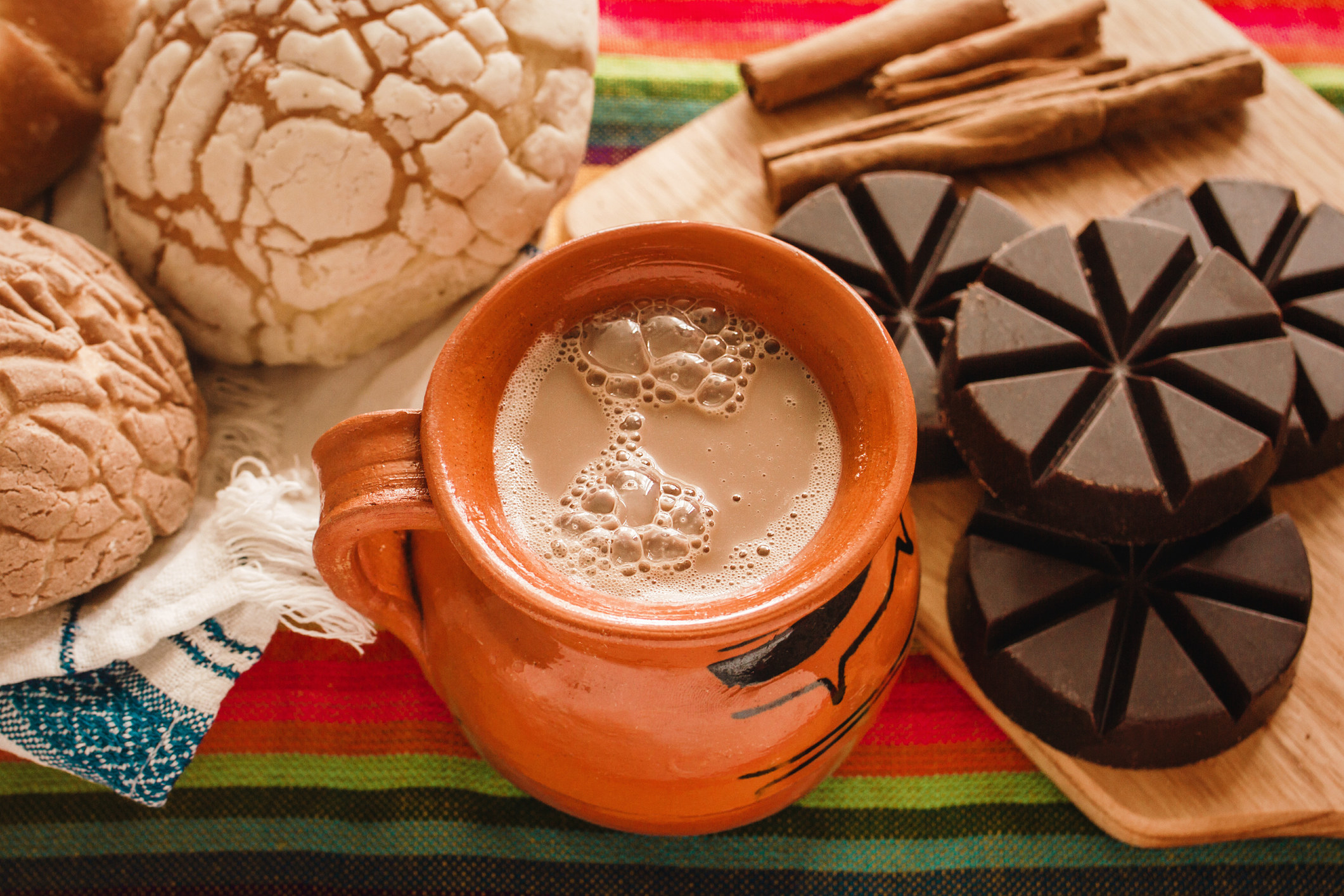
The origins or chocolate go back to Mexico and also where the first cacao plants were found. A form of drinking chocolate can be traced all the way back to the Mayans in 500 BC, in which they enjoyed a warm drink of ground cocoa seeds, cornmeal, chile peppers, and other ingredients mixed with water. Today, hot chocolate is still a staple of many Latin American cultures, as anyone who's had the "Is Ibarra or Abuelita hot chocolate better?" debate knows.
8. Zoodles or zucchini spaghetti
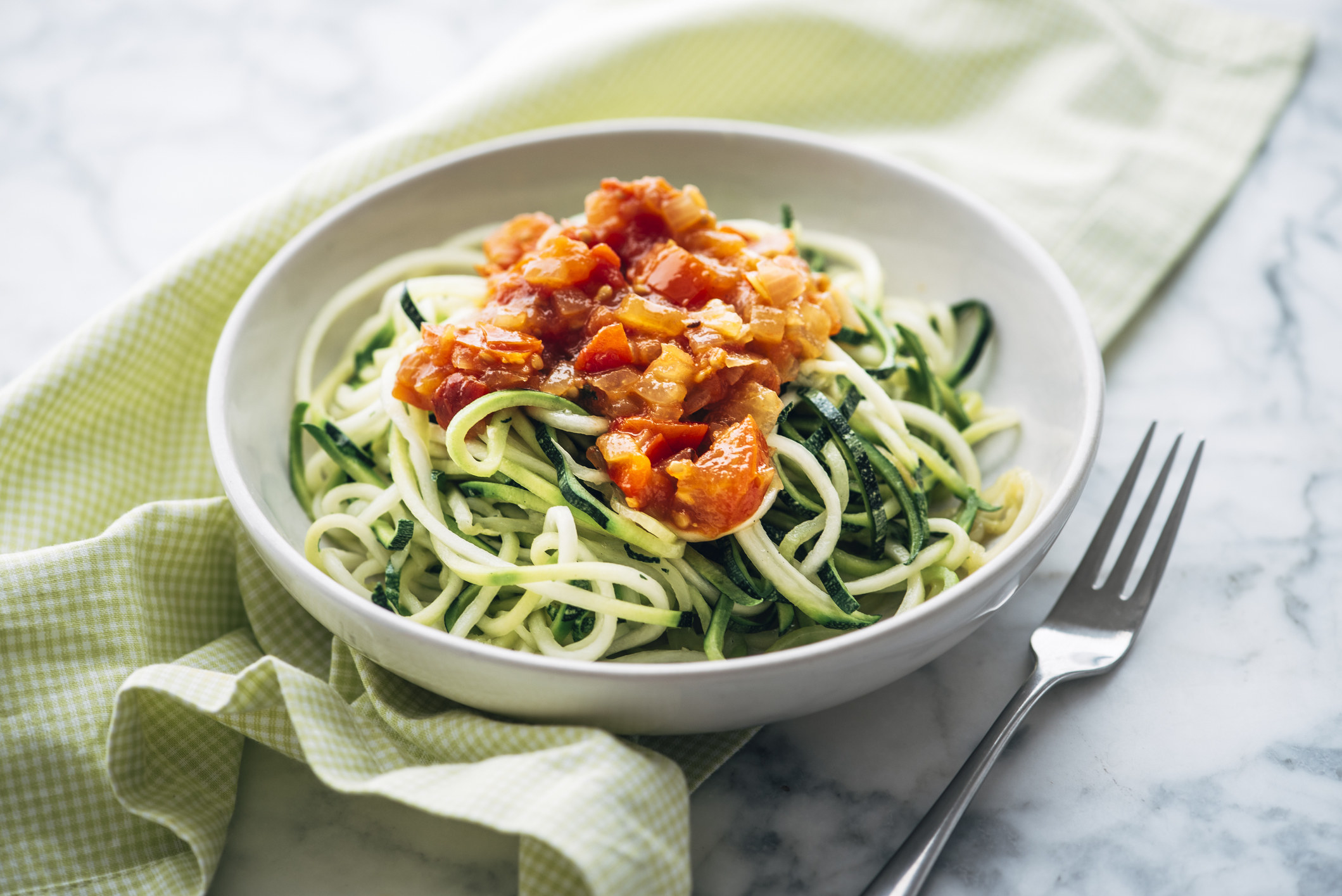
While zucchini are now grown in the US and have become a popular, low-carb pasta substitute, zucchini is a gourd native to Central America and Mexico.
9. Pineapples
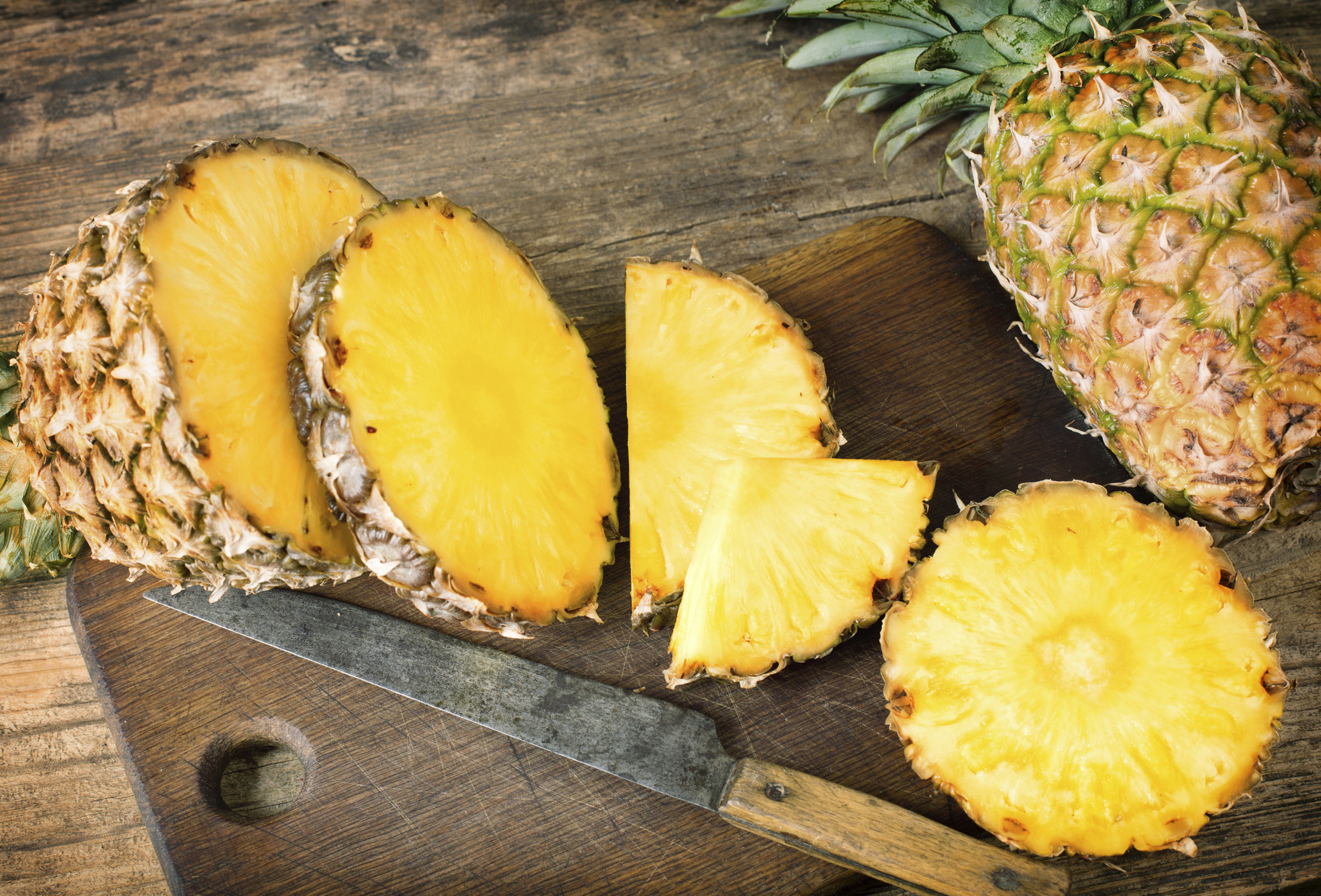
10. Ceviche
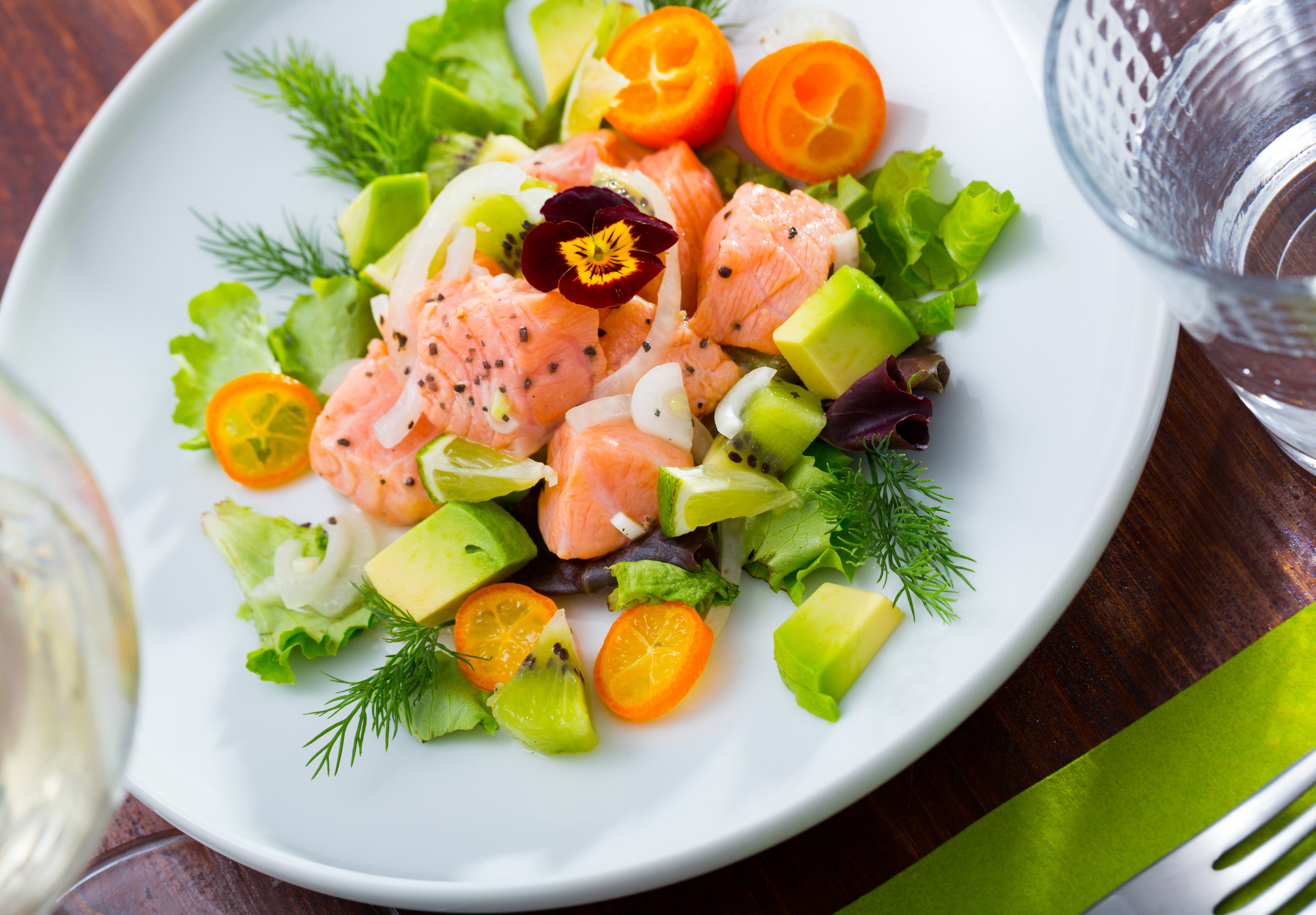
This chilled fish dish cooked in lime juice is the perfect appetizer or main course. It's said to have come from Peru, but there is also a debate on whether it actually originated in Ecuador.
11. Chili and cornbread
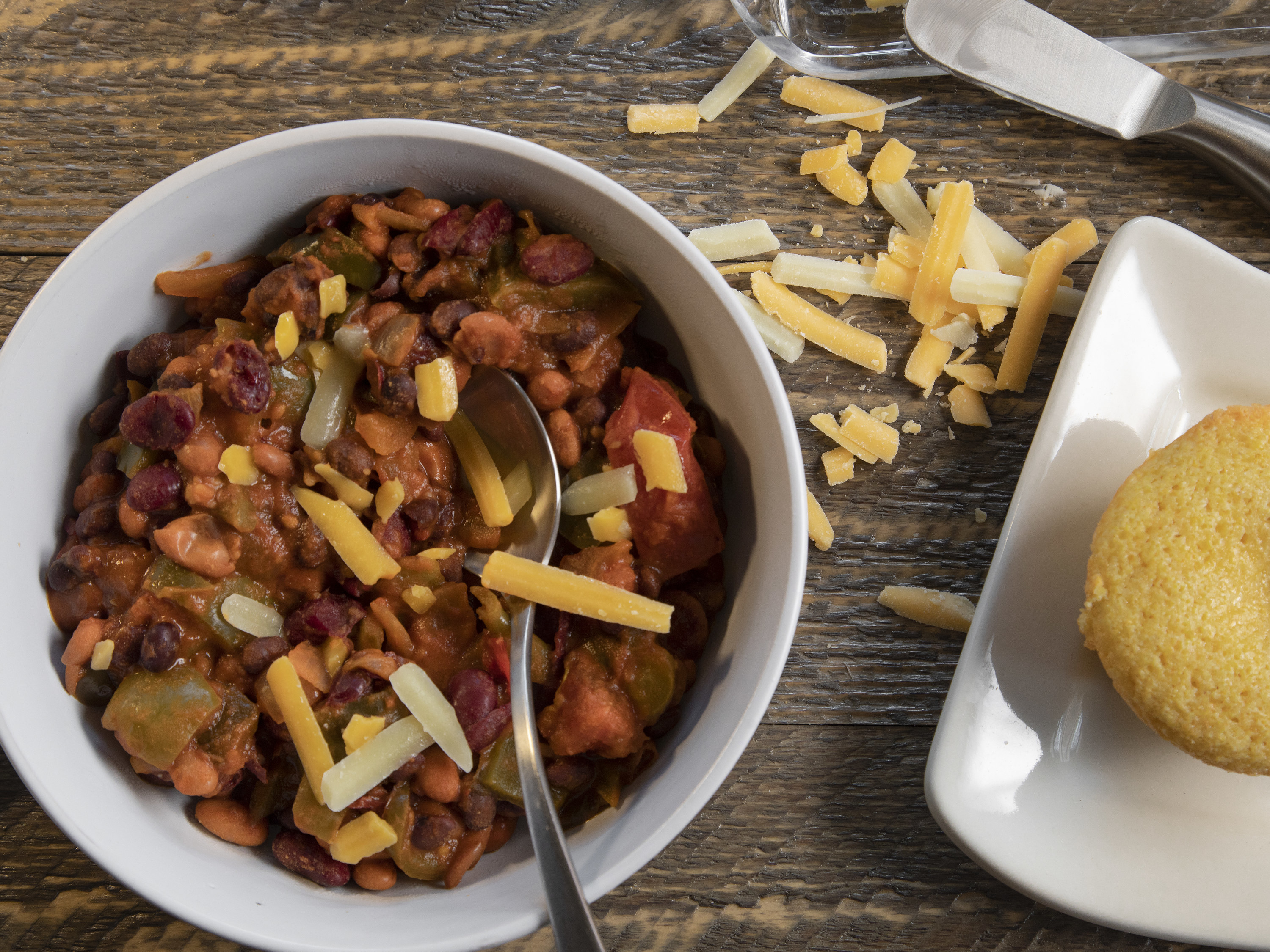
12. Butternut squash soup
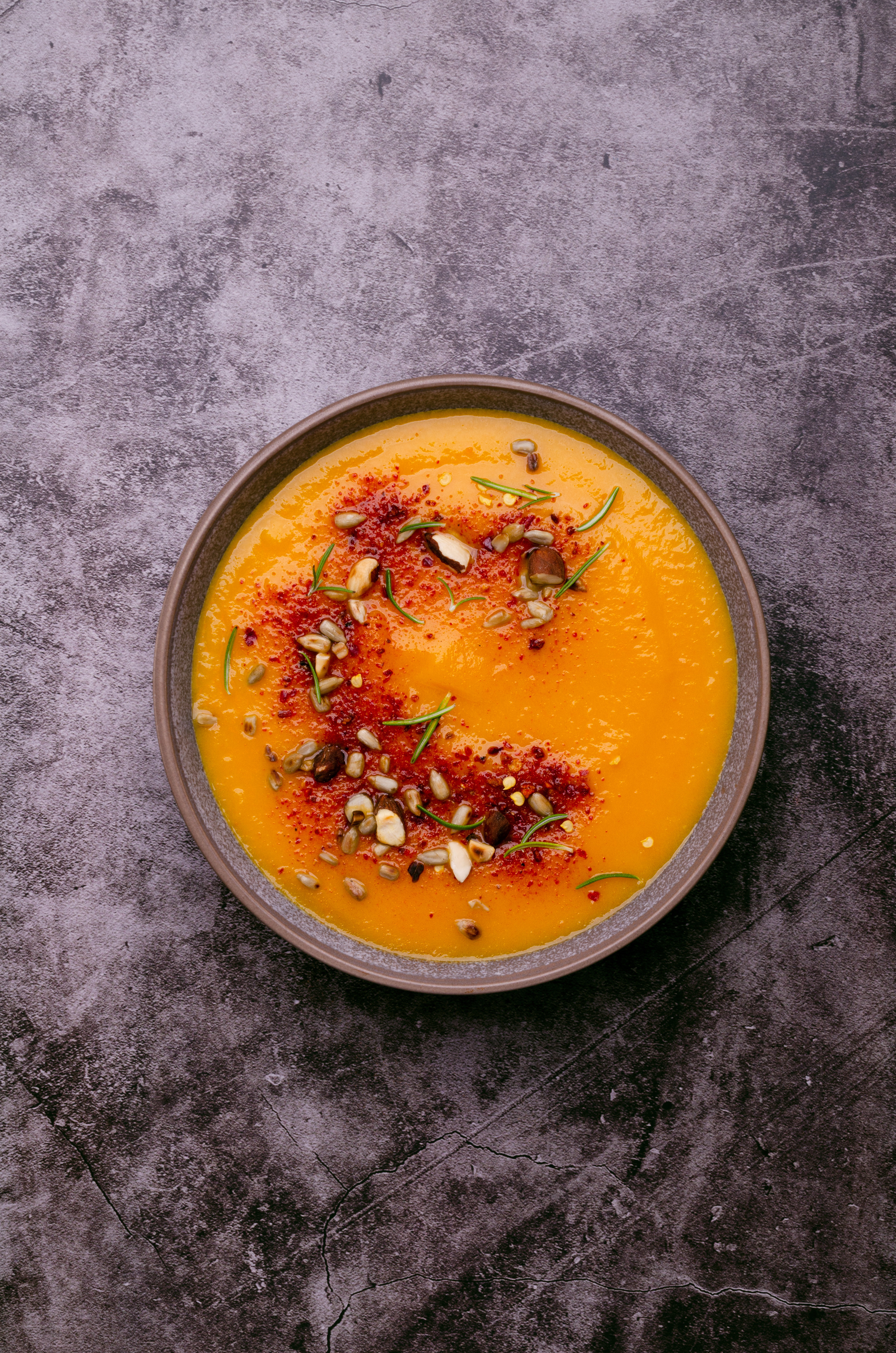
Similarly to pumpkin, butternut squash is native to Mexico and Central America. The squash is high in vitamin A and was only made popular in the US in the 1940s.
13. Chia seed smoothies and bars
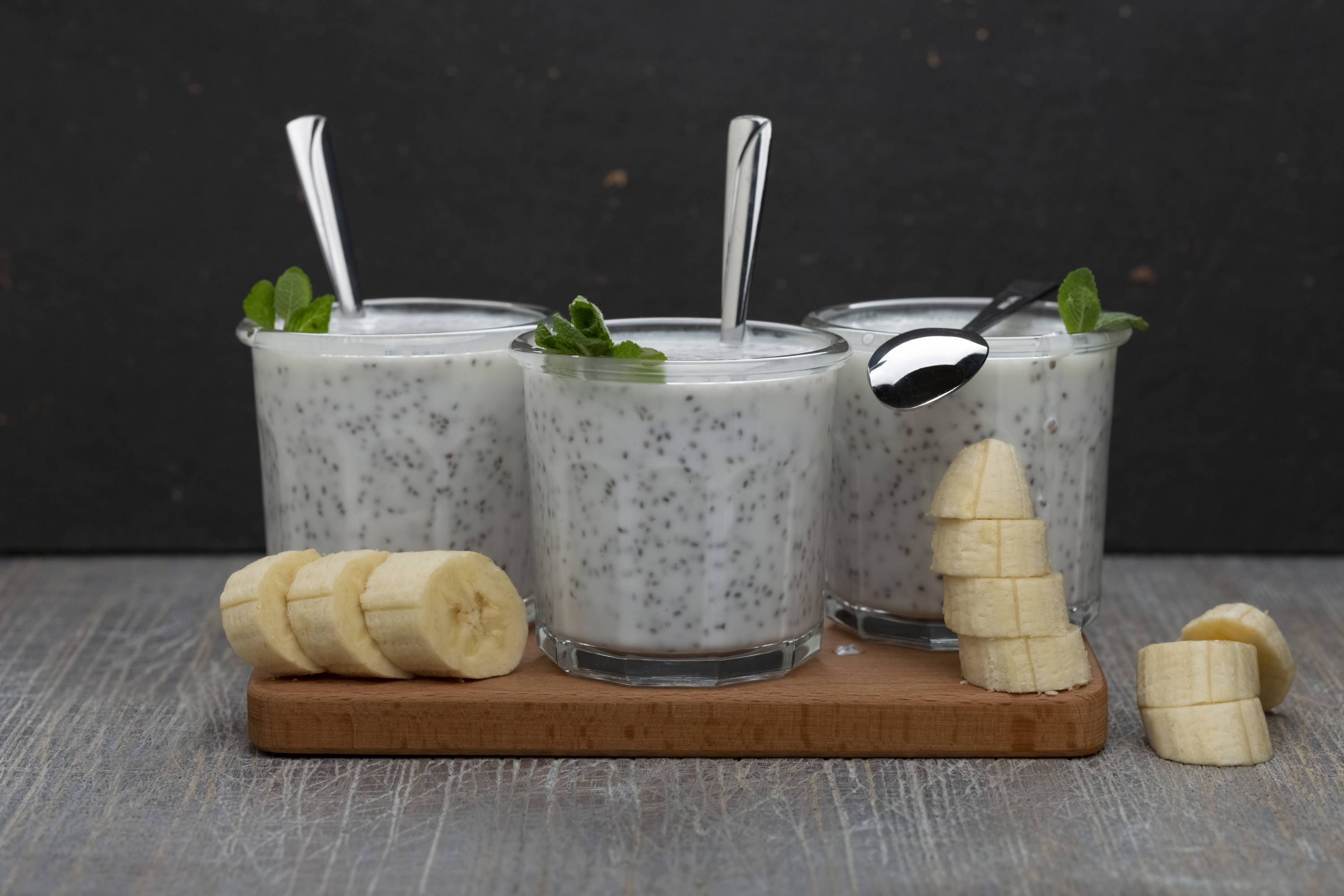
The chia seed is also an ancient grain and superfood that is native to Mexico and Guatemala. Now the seed has been popularized in American health foods for its omega-3s, proteins, and other health benefits.
14. And finally, cashews

The cashew plant is native to Brazil, specifically in the northeast. Aside from the nut you probably know and enjoy, other parts of the cashew are also enjoyed, like juice from the cashew apple.
Latine Heritage Month is here! Join us in celebrating from September 15 to October 15 and support our content celebrating la cultura.
